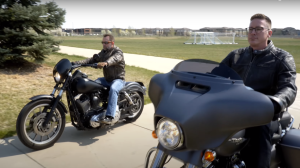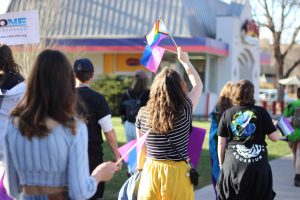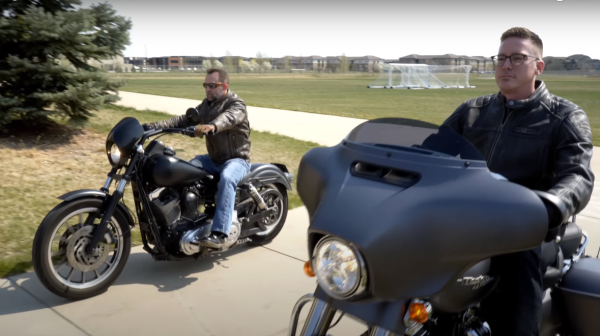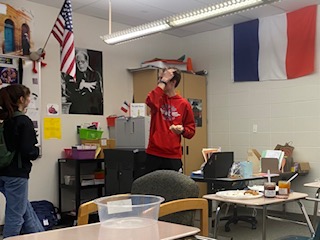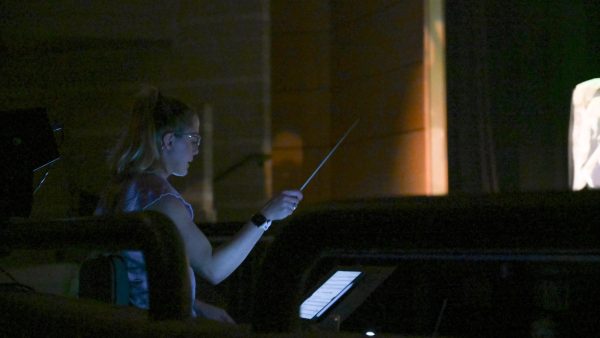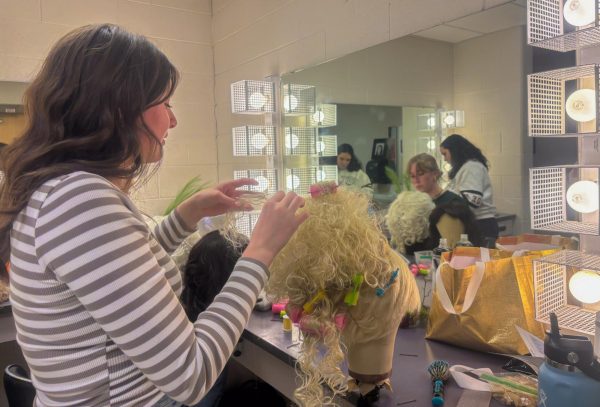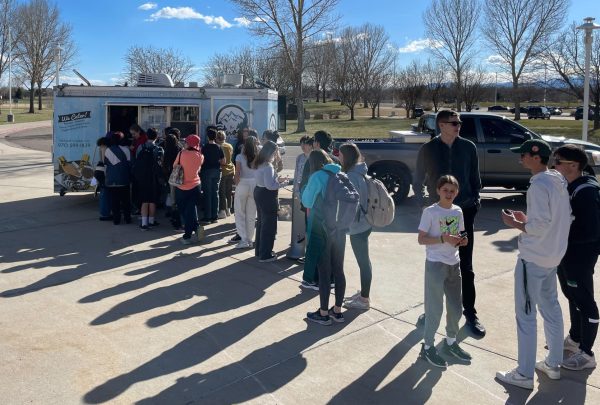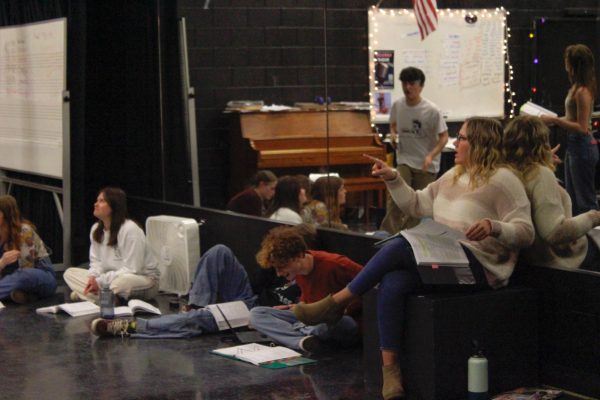February 5, 2019
I recall a particular evening of a school trip I took three years ago. My eighth-grade compatriots and I shuffled around the damp streets, listening intently to the stories of Boston told to us. As the rain poured down, the tour guide imparted upon us tales of murder and betrayal, of teenagers killed by mobs and of books bound in skin.
Last year, in lieu of my sixteenth birthday, I gathered a handful of friends for a night of pizza and a ghost tour. And thus it was that we found ourselves following a man in Victorian-era clothing through the backstreets of downtown Fort Collins.
Our tour took us through old hotels, alleys, back rooms, and the unexpectedly numerous tunnels beneath Old Town (seriously: you would be surprised how much is under your feet.) In the Northern Hotel, now hosting a Colorado State University gift shop, we were told how the building served as a hospital in times of pestilence. Amongst the tea supplies stored underneath Happy Lucky’s, we learned the history of the prison that was formerly located there.
The Fort Collins Ghost Tour featured scratchy voice recordings, grainy photos, and the extensive waving around of an EMF (electromagnetic field) meter. In this way, it begins to resemble some cheesy ghost hunting television show or low budget horror movie. However, beneath all of the gadgets and suspenseful pauses, the stories that arise from the tour are those of our city. The figures that grace those tales are the ones of Fort Collins past, and the events that are retold are our history.
A ghost tour is more than an evening of superstitious amusement; it is a narrative of a place’s past. Ghost stories provide an alternative perspective of history, painting a town’s background in a grimmer light and showing a darker view of former days. In listening to them, one can approach yesteryear through the lens of folklore, and can find another facet of a place’s identity.



